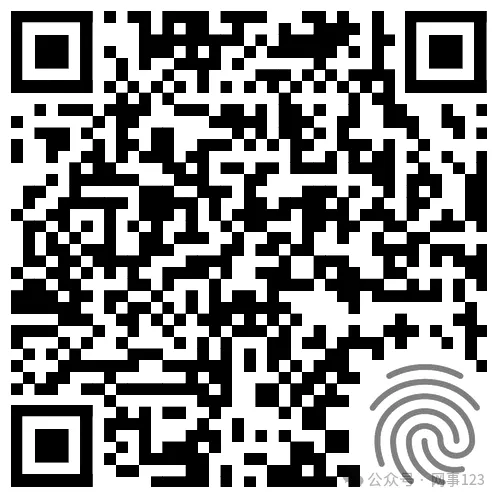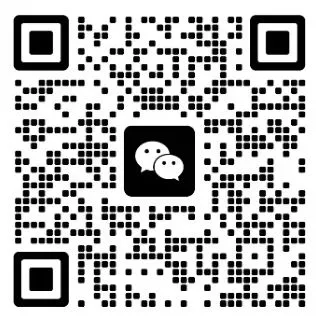Note: Please be aware that there is a resource download method at the end of the article. Download and save it as soon as possible to avoid deletion!
MQTT Protocol 📡
Have you heard of MQTT? If you are interested in the Internet of Things (IoT), it is definitely a topic you cannot avoid! Today, let’s talk about this lightweight communication protocol—MQTT.💡
What is MQTT?
MQTT stands for *Message Queuing Telemetry Transport*, which translates to “Message Queue Telemetry Transport”. In simple terms, it is a messaging protocol specifically designed for low-bandwidth and unreliable networks.
- It is lightweight, suitable for resource-constrained devices.
- It is reliable, capable of functioning normally even in unstable network conditions.
- It is flexible, supporting various programming languages and platforms.
In a nutshell: MQTT is a tool that enables efficient “chatting” between devices 😊
Why Choose MQTT?
In the world of IoT, communication between devices is crucial. However, traditional HTTP protocols may not be suitable for all scenarios, such as:
- Devices with limited performance that cannot handle complex requests.
- Poor network environments where data transmission is prone to interruption.
- Real-time communication requirements.
MQTT addresses these issues perfectly! Its features include:
- Publish/Subscribe Model: Devices do not need to connect directly but communicate through an intermediary “broker” to transmit messages.
- Ultra-Low Overhead: It consumes very little bandwidth and memory.
- QoS Mechanism: It provides three levels of Quality of Service to ensure messages are not lost or duplicated.
Therefore, whether it is smart homes, industrial monitoring, or agricultural automation, MQTT can shine!💪
How MQTT Works
The core idea of MQTT is the “publish/subscribe” model. Imagine you send a message in a WeChat group, and everyone receives your information; this is a similar concept.
-
Broker
The broker is the central hub of the entire system, forwarding all messages. You can think of it as a “post office” responsible for delivering letters to the correct recipients. -
Topic
A topic is like the address on a letter, used to identify the destination of the message. For example, “home/livingroom/temp” indicates the topic for the living room temperature. -
Client
A client can be any device, such as a sensor, smartphone, or computer. They can receive messages by subscribing to a topic or notify other devices by publishing messages to a topic.
MQTT’s QoS Mechanism
MQTT offers three different levels of Quality of Service (QoS) that can be selected based on needs:
- QoS 0: Send at most once, without guaranteeing message delivery. Suitable for scenarios with low reliability requirements, such as weather data updates.💨
- QoS 1: At least once, ensuring message delivery but may result in duplicates. Suitable for messages that require confirmation, such as device status updates.✅
- QoS 2: Exactly once, ensuring message delivery without duplication. Suitable for critical tasks, such as payment instructions or security alerts.🔒
Applications of MQTT
MQTT is popular because it can be applied almost anywhere device communication is needed. Here are some common examples:
Smart Homes
With MQTT, you can easily control the lights, air conditioning, and curtains in your home. For example, when you leave home, simply send a message to “home/lights/off”, and all lights will turn off automatically.💡
Industrial Monitoring
Sensors in factories can periodically send data to the broker, allowing engineers to remotely monitor this information and promptly detect anomalies.🏭
Connected Vehicles
Various sensors in vehicles can upload data to the cloud via MQTT, helping drivers understand vehicle status and even enabling autonomous driving features.🚗
Agricultural Automation
Farmers can use MQTT to monitor data such as soil moisture and temperature, and automatically activate irrigation systems as needed.🌾
How to Get Started with MQTT?
Want to try MQTT? It’s actually quite simple! Here are the basic steps:
-
Select a Broker
Common open-source brokers include Mosquitto and EMQX, and you can choose the appropriate version based on your needs. -
Install Client Libraries
MQTT supports various programming languages, such as Python, JavaScript, C++, etc. For example, in Python, you only need to install thepaho-mqttlibrary:pip install paho-mqtt-
Write Code
Here is a simple Python example demonstrating how to publish and subscribe to messages:import paho.mqtt.client as mqtt # Connect to Broker def on_connect(client, userdata, flags, rc): print("Connected with result code " + str(rc)) client.subscribe("home/livingroom/temp") # Receive messages def on_message(client, userdata, msg): print(f"Received message: {msg.payload.decode()} from topic {msg.topic}") client = mqtt.Client() client.on_connect = on_connect client.on_message = on_message client.connect("broker.hivemq.com", 1883, 60) client.loop_forever()
-
-
Test Run
After starting the program, you can try publishing some messages to the specified topic and see if you can successfully receive them.
Pros and Cons of MQTT
While MQTT has many advantages, it also has some limitations that we need to be aware of.
Advantages
- Lightweight, suitable for resource-constrained devices.
- Supports offline reconnection and message caching.
- Easy to scale, supporting large-scale device access.
Disadvantages
- There may be some latency for high-frequency small data transmissions.
- If there are no encryption measures, there may be security risks.
Therefore, in practical applications, we need to weigh the pros and cons based on specific requirements and choose the most suitable solution.
I hope this article gives you a preliminary understanding of MQTT! If you are interested in the Internet of Things, why not try MQTT yourself!🌟
Resource Download: |
Add me on WeChat: |
Support me: |
Writing is not easy, thank you for liking and sharing, may good people have peace throughout their lives~~~